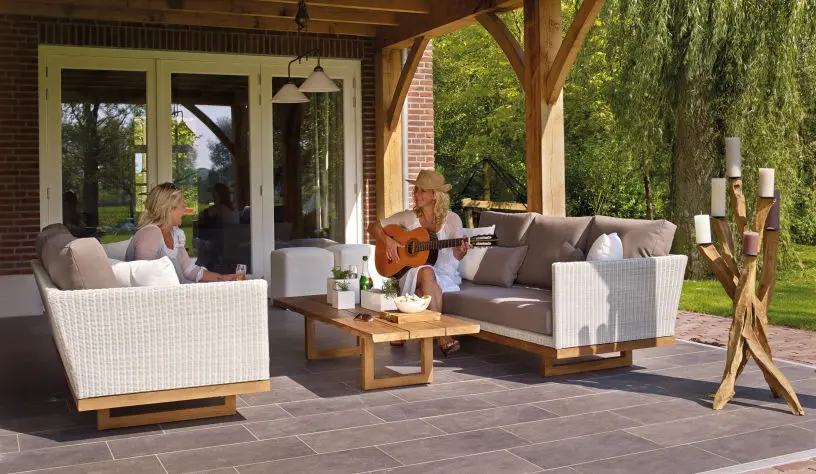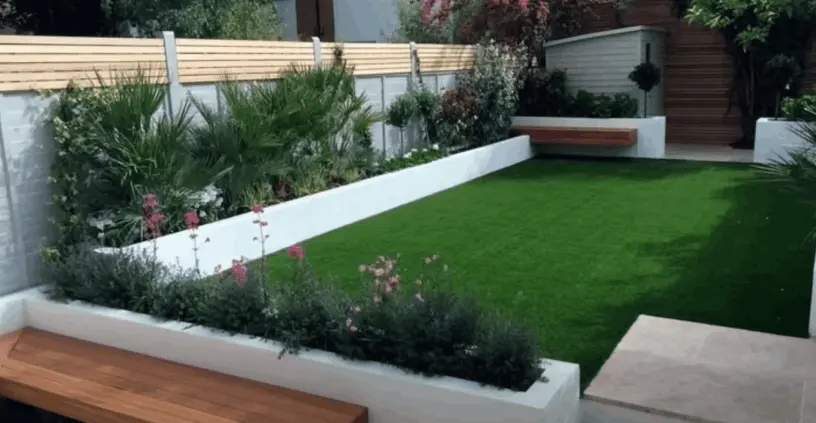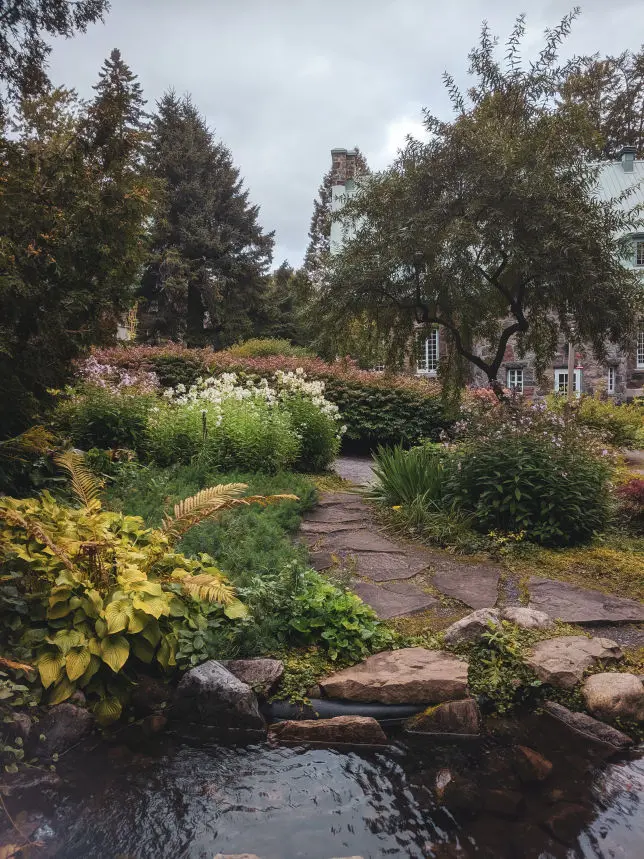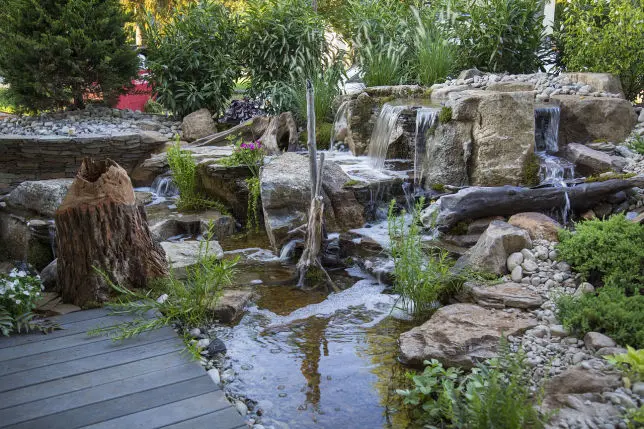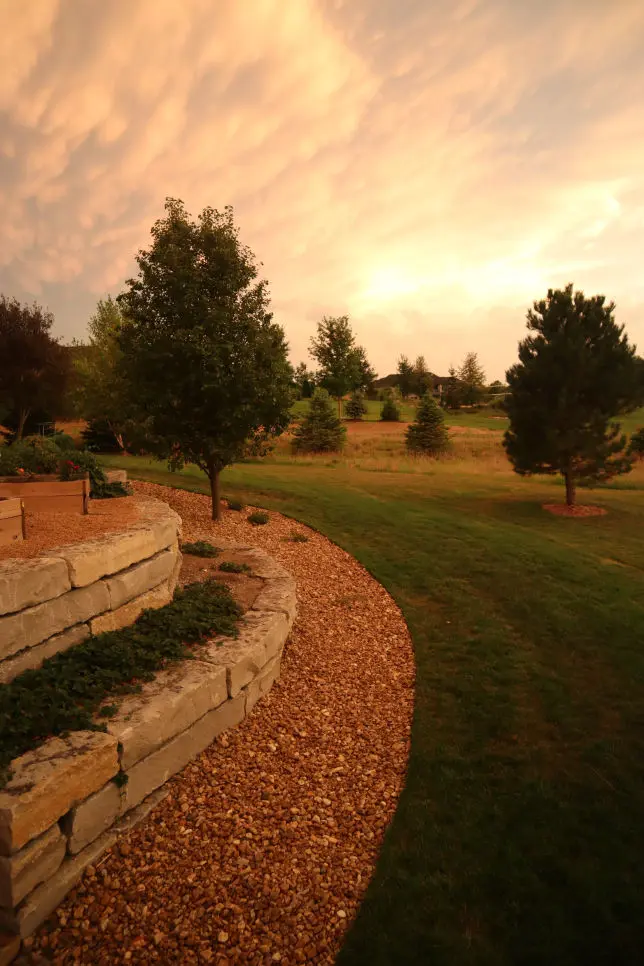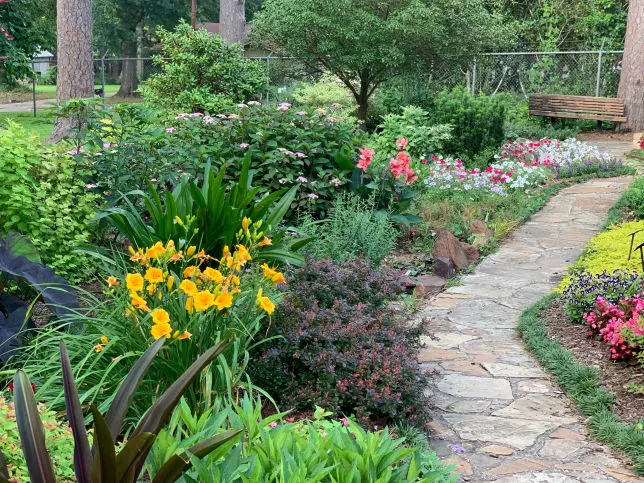Xeriscaping and zeroscaping are quickly becoming popular with home owners because it's the best combination of creating a beautiful landscape in your yard, easy maintenance, and lower your water bill.
In a world facing climate change and water scarcity, every little bit helps, even in our own backyards. Xeriscaping is a water-conserving landscaping approach, is gaining popularity for its numerous benefits. By xeriscaping or zeroscaping your yard, you can create a beautiful, low-maintenance landscape while conserving water resources and reducing your environmental impact. Here are some of the top reasons why you should consider xeriscaping or zeroscaping your yard.
Water Conservation:
Water scarcity is a growing concern in many regions, and traditional lawns and gardens require significant amounts of water to maintain. Xeriscaping, on the other hand, aims to minimize water usage and zeroscaping aims to completely eliminate water usage. By selecting native or drought-resistant plants home to the
Denver area, implementing efficient irrigation systems, and using mulch to retain moisture, xeriscaping can reduce water consumption by up to 75%. This conservation effort helps preserve precious water resources and supports sustainable water management practices.
Lower Water Bills:
With traditional landscaping, a significant portion of a household's water usage goes towards maintaining the yard. By
xeriscaping or
zeroscaping, you can significantly reduce your water consumption, leading to substantial savings on your monthly water bills. With the installation of smart irrigation systems that adjust watering schedules based on weather conditions and soil moisture, you can further optimize your water usage and save money in the long run.
Low Maintenance:
Maintaining a lush, traditional lawn often requires frequent mowing, fertilizing, and pesticide application. These activities not only consume time but also contribute to pollution and the depletion of natural resources. Xeriscaping, on the other hand, is designed to be low maintenance. By choosing native plants that come from the
Denver area adapted to the local climate, you can create a self-sustaining landscape that requires minimal watering, fertilization, and maintenance. This saves you time, energy, and resources while still enjoying a beautiful yard.
Enhanced Biodiversity:
Traditional lawns offer little ecological value, as they often consist of a monoculture of grass. Xeriscaping promotes biodiversity by incorporating
Denver native plants that provide habitat and food for local wildlife. By creating a diverse ecosystem in your yard, you can attract pollinators such as bees and butterflies, which are crucial for plant reproduction and the overall health of our ecosystems. By supporting biodiversity through xeriscaping, you contribute to the preservation of local flora and fauna.
Improved Soil Health:
Xeriscaping encourages the use of organic mulch, such as wood chips or compost, to cover the soil surface. Mulch helps retain moisture, suppresses weed growth, and gradually breaks down, enriching the soil with organic matter. This improves soil health, fertility, and structure, allowing plants to grow healthier and reducing the need for synthetic fertilizers. By nurturing your soil through xeriscaping practices, you can create a sustainable foundation for a thriving landscape.
Xeriscaping and zeroscaping offers a multitude of benefits for both homeowners and the environment. By implementing water-saving techniques, embracing native plants, and promoting biodiversity, xeriscaping allows us to create beautiful landscapes that conserve water, reduce maintenance requirements, and support the health of our ecosystems. By xeriscaping our yards, we can play a significant role in mitigating water scarcity, combating climate change, and fostering sustainable living practices. So, let's embrace xeriscaping and transform our yards into environmentally responsible havens of natural beauty.

